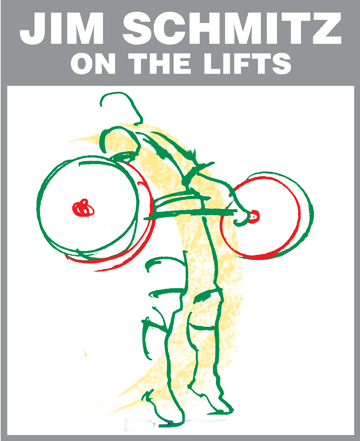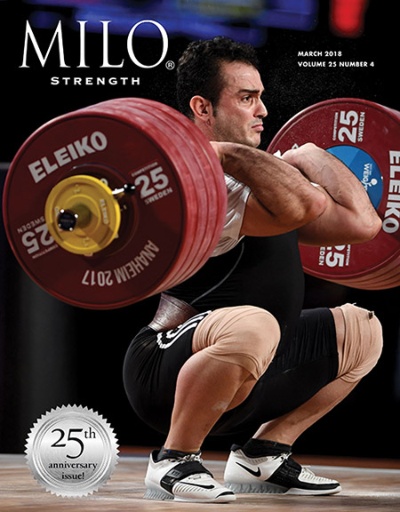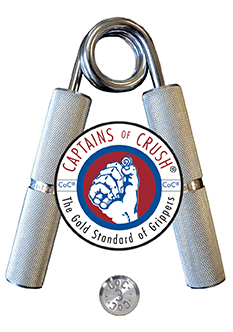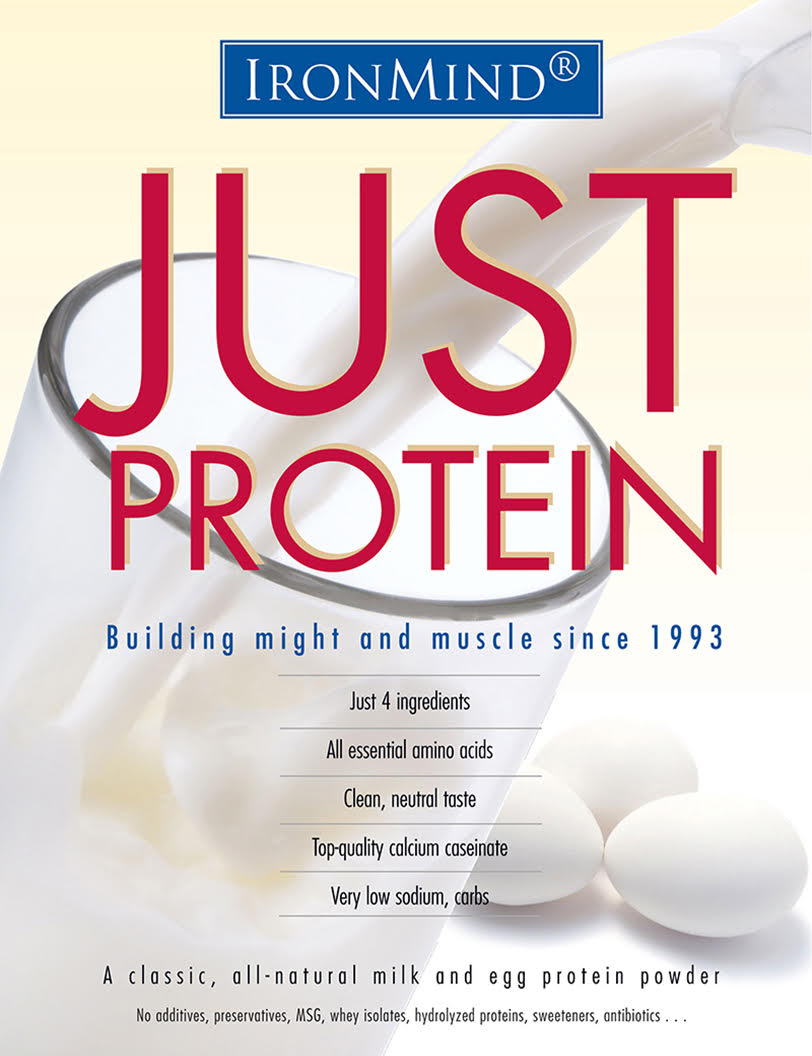
U.S. Olympic Weightlifting Team Coach 1980, 1988 & 1992 Author of Olympic-style Weightlifting for Beginner & Intermediate Weightlifters Manual and DVD
The last two “Schmitz on the Lifts” had to do with six-for-six successful attempts in competition—in other words, a perfect day. So, how does one go about selecting his attempts so he will have the most success?
First, you want to establish a pattern of success in training. That is: don't miss too many weights in training. I've seen lifters do miss after miss in training, go down to lighter weights, and work back up and do several more misses. The classic example here is the famous Stefan Botev (world champion 1989 & 1990, third in the 1992 and 1996 Olympics) in the IronMind Training Hall tape from Guangzhou, China, 1995. He had an incredible, unbelievable workout, but had several unsuccessful attempts in the snatch with 195/200 kg and then missed the jerk on 240 kg; he cleaned 250 kg, but did not attempt to jerk it. I think he lost the World Championships that year in that workout because—besides going so heavy so close to the competition—all those misses had to affect his confidence. So if you miss two or three times with a heavy weight, move on, save yourself for another day, and don't beat yourself up.
Second, you want to establish a pattern of success in competition. Enter meets with the goal of making all your attempts, so you know what it feels like. Don't always be going for personal records in competition—compete for experience and fun. Regardless of his level—from beginner to Olympian—I think a lifter should compete between four and six times a year. Every competition is different even if it is in the same venue. Other factors always come up, such as the number of competitors, the officiating, the audience, and your level of preparation and conditioning. Therefore the more you compete, the more unique situations you will encounter, which will prepare you to be relaxed and focused for other competitions. You won't get distracted by other competitors or the audience or warm-up room and competition situations, which can bother an inexperienced lifter.
Third, select your competition and warm-up weights wisely. Don't engage in what I call "wishful weightlifting,” where you attempt weights you haven't lifted before because you have had a good training cycle or feel good that day. If you haven't lifted them before, you shouldn't expect to make them in a competition; likewise, don't take “long-shot” weights because you are trying to set records or make a qualifying total. I'm reminded of the group of weightlifters who trained at the San Jose YMCA in the 1970s. They were really strong and trained very hard and heavy, and they did some pretty impressive lifting in training. Their problem was that they were overweight and using wrist straps and they took many attempts before they would be successful with a weight. Then they would figure that they could lift the same weight in competition, but they were wrong—a lot! One of them, Ray Leso, came up with a saying for himself and the others at the San Jose YMCA, “We may bomb a lot, but we bomb big.”
Fourth, the above three points are why you really need a qualified, experienced coach in whom you have complete confidence. A coach must be objective and not get too emotional during the competition. He must be analyzing and scrutinizing his lifter so that the lifter takes realistic weights; makes them; and builds confidence, a good attitude, and trust in the coach. There is nothing more important a coach can say or do to help a lifter be successful than to have him take and make the weights he is capable of and prepared for on that day.
With a beginner lifter, the coach really should select all the attempts based on recent training and warm-ups. You want to go into the competition with a warm-up and competition attempts game plan. The lifter should know this plan several days before the competition; however, it is always good for the coach to talk with the lifter for his feedback and input. With an intermediate lifter, the coach would take the same approach but have variations so you can change the plan according to the competition situation. The beginner is learning how to lift successfully in competition and the intermediate is learning how to compete and place as high as possible. So, as a beginner you stick to the plan, no matter what.
With the intermediate lifter, the coach should adapt the plan to the competition, but still only attempt realistic weights for that person. For example, if the lifter is looking good and has made his first attempt very strong and with good technique, he might then go a little heavier—but not unrealistically so—on the second and third attempts. Let's say you open with 100 kg; your second attempt might be 102 or 103 or 104 kg, and if you are successful with 103 kg, your third attempt might be 104 or 105 or 106 kg. This is where the coach really needs to know his lifter from training sessions to previous competitions, so he can make the best weight call.
With an advanced lifter, one who is at the national and international level, I use the following strategy. I select first and second attempts in the snatch. We select the third attempt together if the first and second are successful, but I call it if we are in a wide disagreement or a medal or placing is at stake. If he misses either of the first or second attempts, I call the third. I use the same strategy for the clean and jerk; however, if he has made all his snatches and first two clean and jerks, he gets to call the third attempt regardless of the competition (although I, of course, inform the lifter of the best weight for this attempt). This is the strategy that I have been using for over 30 years and I have about a 70% success rate of calling the correct weights for the lifter. That is, when I call all the attempts, my lifter will make 4 to 5 lifts. I have seen at the local, national, and even at the international level that if the lifter calls his own attempts, he will make 2 to 4 attempts, usually 3. A recent example of this is Poland's Marcin Dolega: he cost himself and his country a medal by going for a world record instead of the weight that would have given him a silver or bronze medal in Beijing.
In 1984 after Mario Martinez went six for six at the Los Angeles Olympics, he set an American record total and won the silver medal. So, I made the following change to my attempt strategy: “If you go six for six at the Olympics and set an American record total, you get to call all your attempts from then on as long as you are successful!”
Misses may build character, but they don't build champions. A little success is better than a big failure. Little bits add up to a whole lot. So train on success, compete on success, and you will be as successful as you can be.

















